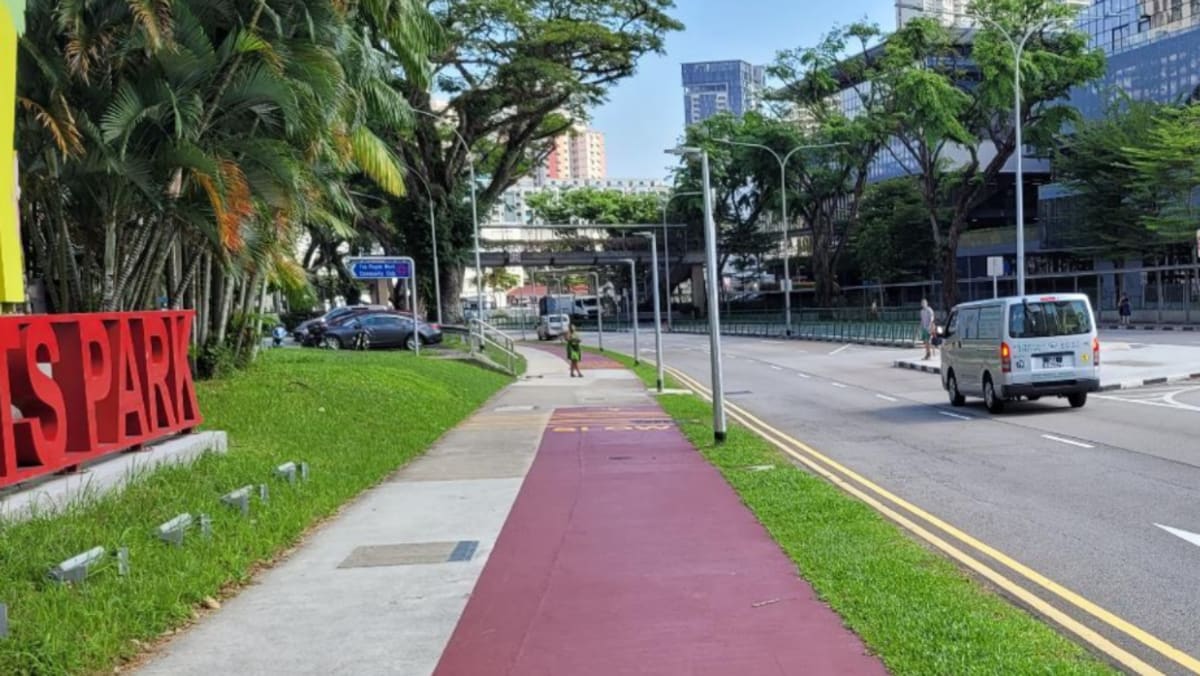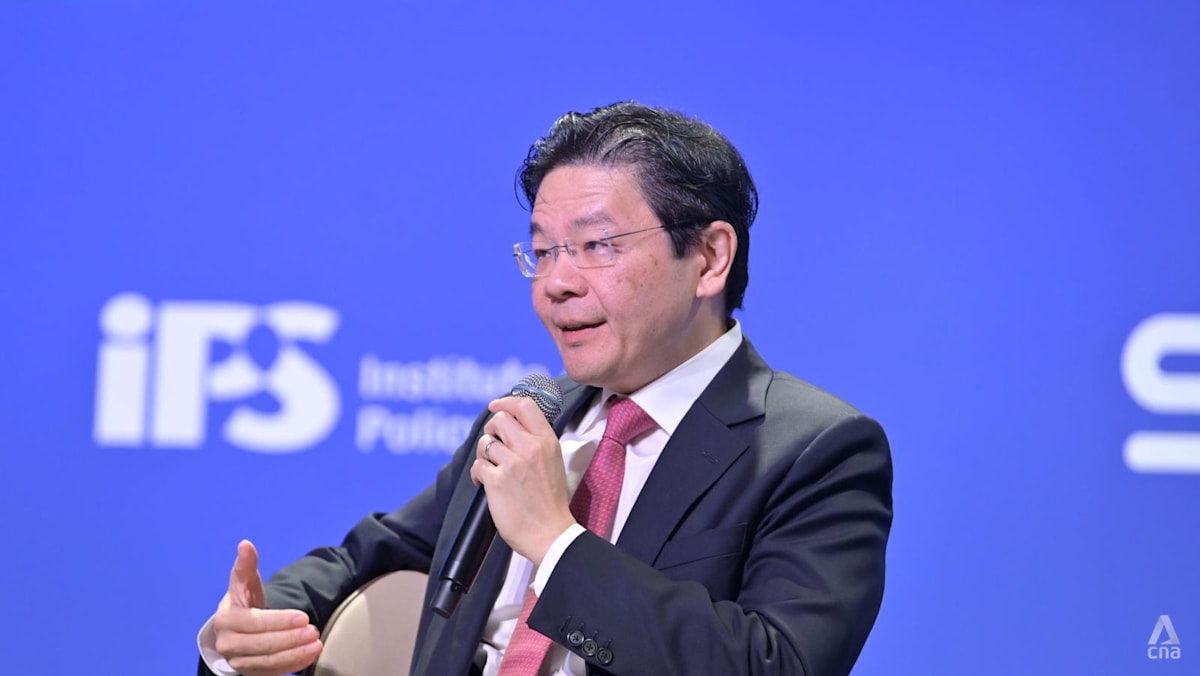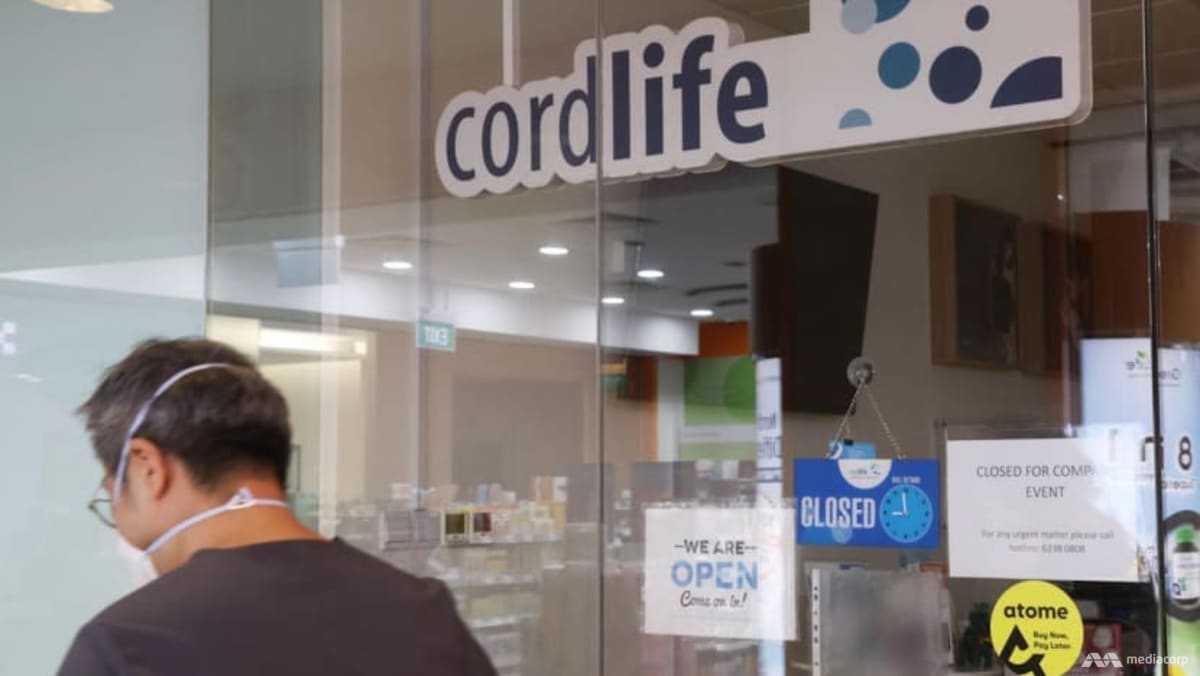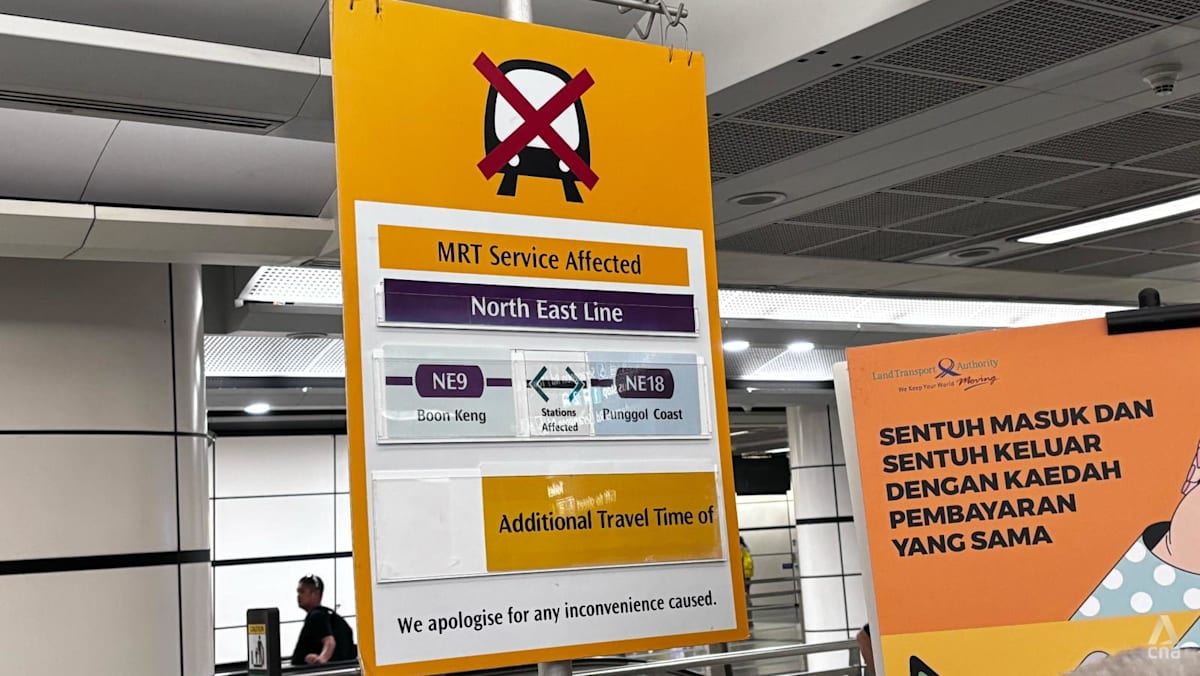SINGAPORE: A new index launched by the Ministry of Manpower (MOM) on Tuesday (Oct 14) will allow workers to discover firms that have a good track record of supporting career growth.
The Singapore Opportunity Index uses data from almost 1,500 companies and 1 million resident workers to assess how firms perform in five areas: progression, pay, hiring, retention and gender parity.
A national-level insights report was launched on Tuesday. From early 2026, jobseekers and workers will be able to view the 300 top-performing firms profiled on the index’s website.
Participating companies will also be able to receive confidential reports on their strengths and weaknesses when it comes to workforce development.
An MOM spokesperson told reporters at a briefing that the Singapore Opportunity Index differs from other indices by using objective, verified government data rather than survey feedback for its findings.
The index can empower workers to make more informed career decisions, said the spokesperson.
This is because the findings challenge assumptions that certain sectors – such as finance, information and communications technology and professional services – tend to create more career mobility.






